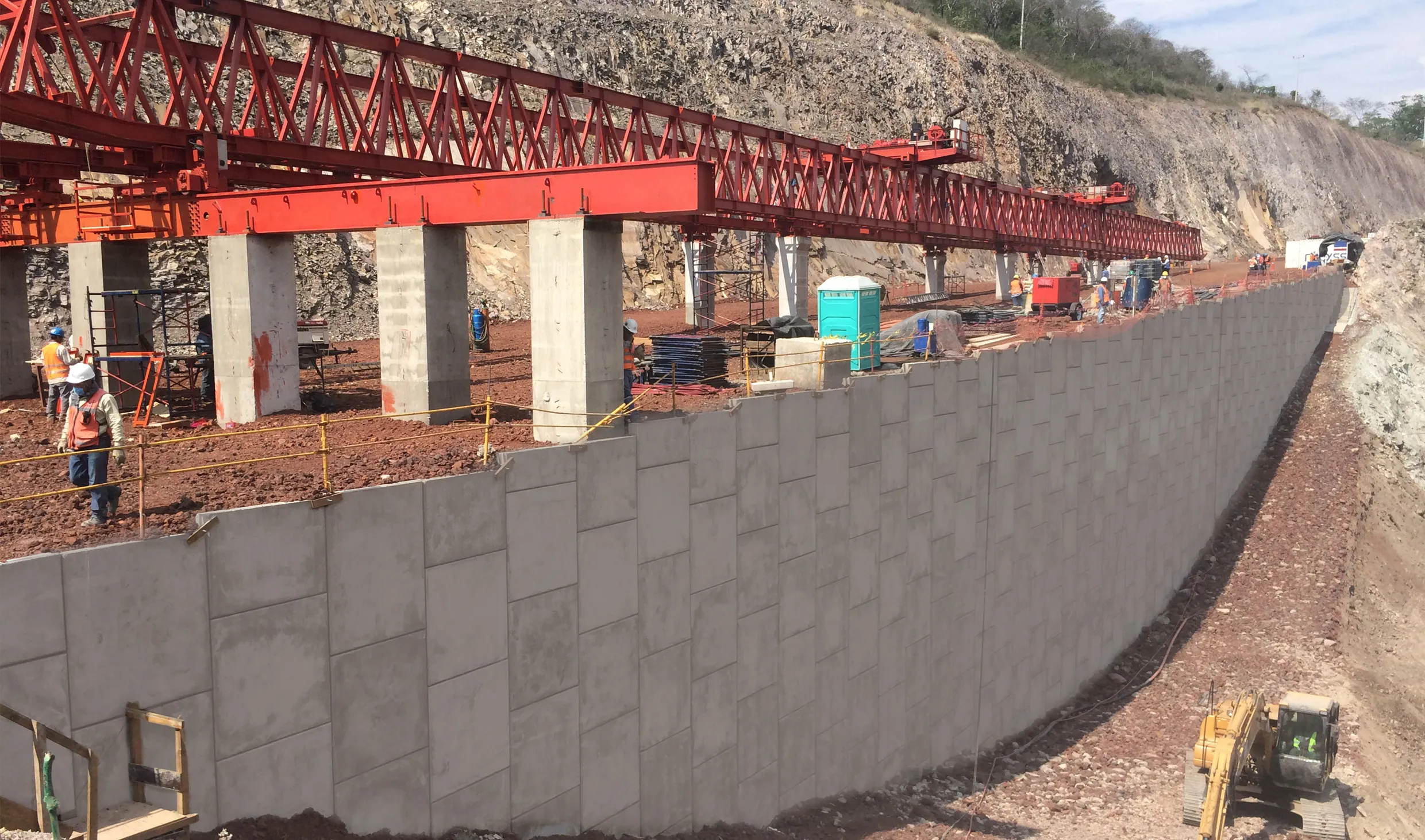Serbian road contractor Putevi Srbije will build around 2.4km of access roads around the town of Ljig in central Serbia, according the state Ministry of Construction, Transport and Infrastructure.
The access roads will be for the Corridor 11 motorway, which is under construction from the Serbian capital Belgrade running southwest into Montenegro, ending at the Adriatic coastal tourist town of Bar.
The Belgrade-Bar motorway will be around 280km long and be the main link for a ferry service from the Ita
April 14, 2015
Read time: 2 mins
Serbian road contractor Putevi Srbije will build around 2.4km of access roads around the town of Ljig in central Serbia, according the state Ministry of Construction, Transport and Infrastructure.
The access roads will be for the Corridor 11 motorway, which is under construction from the Serbian capital Belgrade running southwest into Montenegro, ending at the Adriatic coastal tourist town of Bar.
The Belgrade-Bar motorway will be around 280km long and be the main link for a ferry service from the Italian Adriatic city of Bari to Bar and a connecting road from Belgrade to the Romanian capital Bucharest.
By far the most expensive and challenging section of Corridor 11 will be that in Montenegro because of the continuous mountain terrain running down the coast, a run of 160km or more.
Works on Corridor 11 are worth around €308 million, financed by from a loan from Azerbaijan and carried out by several domestic companies as well as5414 Azvirt from Azerbaijan.
Serbia has spent around 15% of its highways budget for construction of the Corridor 10 motorway and around 80% on local roads. Even so, the ministry said it was disappointed that the country ranks near the bottom in Europe when it comes to the quality of roads.
The access roads will be for the Corridor 11 motorway, which is under construction from the Serbian capital Belgrade running southwest into Montenegro, ending at the Adriatic coastal tourist town of Bar.
The Belgrade-Bar motorway will be around 280km long and be the main link for a ferry service from the Italian Adriatic city of Bari to Bar and a connecting road from Belgrade to the Romanian capital Bucharest.
By far the most expensive and challenging section of Corridor 11 will be that in Montenegro because of the continuous mountain terrain running down the coast, a run of 160km or more.
Works on Corridor 11 are worth around €308 million, financed by from a loan from Azerbaijan and carried out by several domestic companies as well as
Serbia has spent around 15% of its highways budget for construction of the Corridor 10 motorway and around 80% on local roads. Even so, the ministry said it was disappointed that the country ranks near the bottom in Europe when it comes to the quality of roads.








